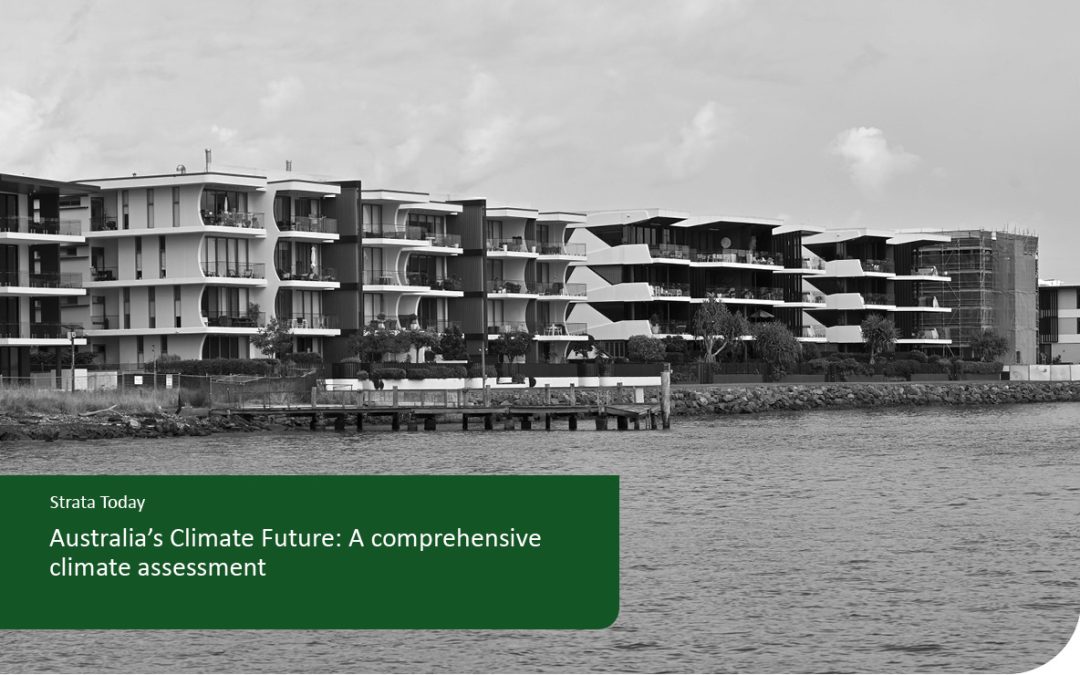The most comprehensive climate assessment ever undertaken in Australia has recently been released warning of significant and widespread impacts from climate change, even under the most optimistic scenarios.
According to the report, 1.5 million Australians could be at risk from rising sea levels by 2050 unless global warming is curbed. Even if global temperature rise is limited to 1.5°C, sea levels are projected to increase by 0.14 metres. Under a 3°C warming scenario, that figure could reach 0.54 metres. Queensland is particularly vulnerable, with 18 of the 20 most-exposed regions located within the sunshine state. The assessment also found that by 2030, nearly 600,000 Australians will be living in areas newly exposed to sea level rise.
Released ahead of Australia’s 2035 emissions target announcement and an upcoming United Nations climate summit, the report serves as a stark reminder of the escalating risks of climate change. Climate Change Minister Chris Bowen described the findings as a sobering but necessary reality check.
“I think many Australians will find this report confronting,” Mr Bowen said. “But we must be clear-eyed about the challenges, realistic about the threats, and optimistic about the future. What’s evident from this assessment is that the entire country has a great deal at stake. The cost of inaction will always exceed the cost of action.”
The Climate Change Authority says based on current global commitments; the world is on track to see 2.9C of warming this century. “Even if emissions fell immediately tomorrow, there would still be impacts of climate change on our country. The report makes that clear. So, yes, the world needs to keep working on emissions reduction. The world is,” Mr Bowen said.
While the Assessment provides a national picture of Australia’s potential future, it has also detailed potential impacts at a local level. The assessment highlights that Northern Australia will be particularly prone to threats, with more pressure on population health, critical infrastructure, and natural species.
Nationally, the cost of disaster recovery could be expected to increase dramatically to more than $40 billion a year by 2050 and would be worse under a 3C scenario. There would also be a $611 billion hit to property values by that time according to the assessment.
The assessment noted 40% to 70% of species will be “forced to move, adapt to the new conditions or die out” under a 3C scenario, with half of plant life in any location becoming different species to what was in those same environments in 1990. Eucalypt forests would come under threat and there would be an almost certain risk of “catastrophic consequences” for coral reefs were other findings.
Alongside the risk assessment, the government has also released an adaptation plan developed in response to it that lays the foundations for how Australia can reduce the worst impacts of climate change. The plan aims to prioritise actions to support “disproportionately vulnerable” Australians and directing resources to the highest-risk issues. It further includes developing plans to make insurance affected by climate change sustainable, developing climate resilience as a part of the National Construction Code, and “climate-adapted services” for people with disabilities and chronic illness, among a host of other possible measures with an “action agenda” to be developed in partnership with the states by the end of 2026 to identify priority areas for adaptation.
Although opinions on climate change differ, these findings underscore the tangible risks we face and the importance of thoughtful, proactive measures.
